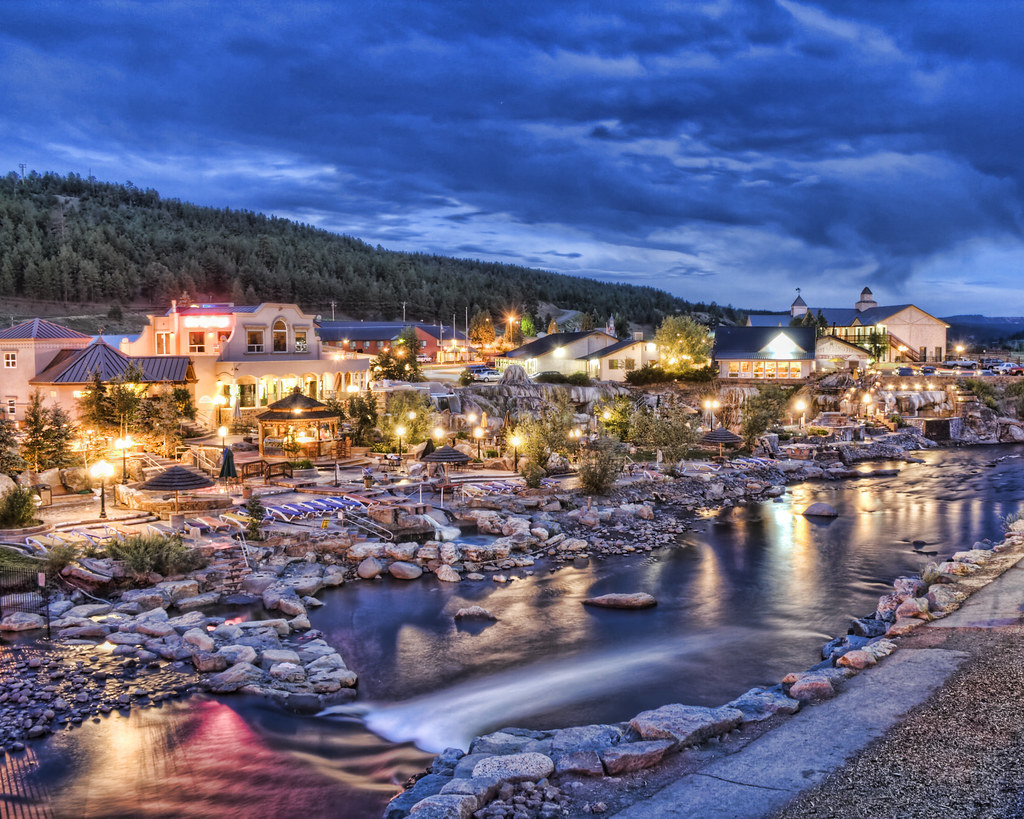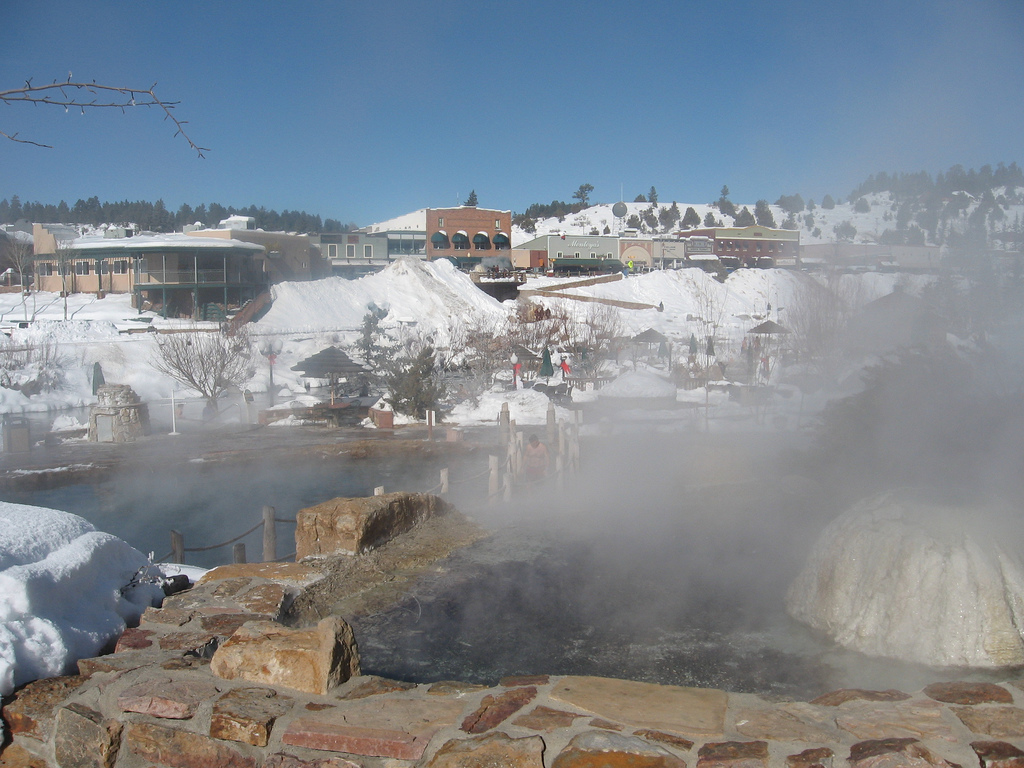



Public and private bathhouses were built for use by gold miners and families, as well as injured Civil War soldiers. After white settlers arrived, much of the area surrounding the major spring (now known as The Mother Spring) was landfilled and walkways were constructed between springs and vapor vents. He noted that the springs were considered a sacred site and a "place of peace" that was used by various tribes. In 1859, the springs were recorded by Captain John Macomb during his exploration expedition of the San Juan area. The springs are known to the Ute people as Pah gosah which means either "healing water" or "water ( pah) that has a bad smell ( gosah)", referring to the pungent odor of hydrogen sulphide gas produced by the interaction of sulphur with anaerobic bacteria in the mineral water. In the cosmology of the Navajo people, Pagosa Springs is near the place where the People (Diné) emerged from their Fourth World underground to the present world known as the Fifth World, according to The Dîné: Origin Myths of the Navaho Indians. The hot springs were used by these indigenous people for centuries and it has been written that they were considered "sacred ground". The springs were later used by the modern Pueblo people, Ute, Navajo and Apache. Shards of pottery made by the Ancestral Puebloans were found at the springs in the 1950s when a well excavation blast caused the spring water to eject underground material. Later, the Ancestral Puebloan people used the springs, having settled at the San Juan River approximately 1,000 years ago. Before the arrival of Hispanic and Anglo settlers, the springs were used by the Folsom culture, a 9,000-year-old Folsom point was found at the site of a shelter foundation nearby.


 0 kommentar(er)
0 kommentar(er)
